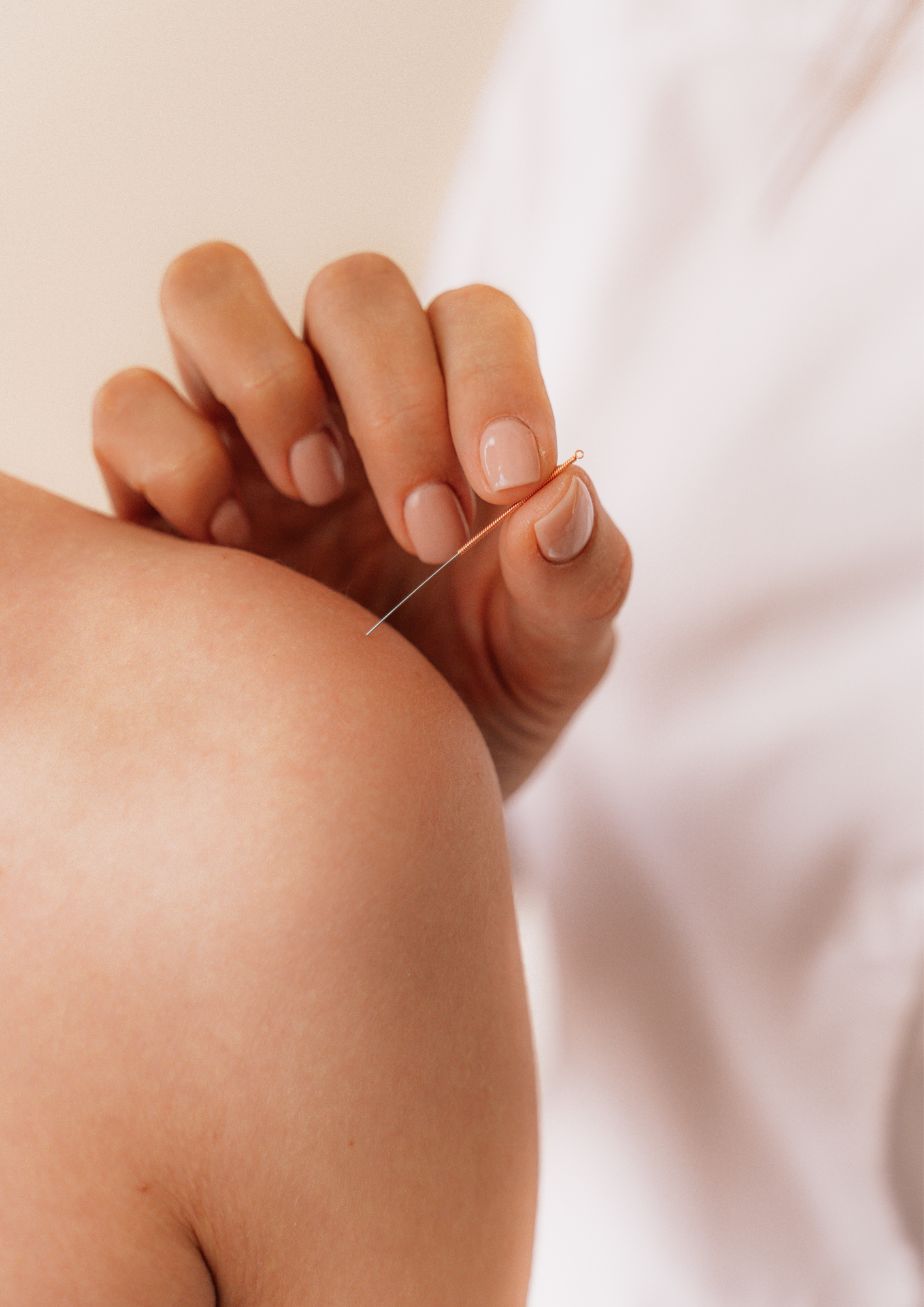What is dry needling?
This technique employing dry, sterile, single-use needles is used to reduce inflammation, pain, and relax muscle fibers, making it a preferred complementary option. By specifically targeting trigger points (muscle knots), this technique induces a local analgesic and muscle relaxation response at the site of injury, accelerating the benefits of traditional physiotherapy treatments. The needle also provides a beneficial effect on the central nervous system. In both acute (new injuries) and chronic phases, this approach is effective.
According to the Professional Code, physiotherapists may: “use needles under the dermis to reduce inflammation, in addition to using other means, when a training certificate is issued by the Order as part of a regulation made under paragraph o of Article 94.
The numerous benefits of this expertise include :
These needles provide benefits for both new injuries and chronic issues that persist (or are refractory to conventional treatments), including:
- Pain reduction
- Muscle tension reduction
- Activation of inhibited muscles (those with difficult contraction or recruitment)
- Improvement of motor control
- Stimulation of blood circulation
- Promotion/restart of tissue repair processes
- Disruption of scar tissue adhesions through tissue reorganization.

A professional asset that enhances an already extensive expertise
We introduce Jessica Roy, a pelvic rehabilitation physiotherapist, and the head of dry needling expertise at the clinic. A graduate of the Université Laval’s second-cycle physiotherapy program, Jessica Roy has developed a keen interest in pelvic rehabilitation. With a commitment to continuous improvement, she obtained her certificate from the Université de Montréal’s second-cycle microprogram, where she now shares her knowledge and expertise as a laboratory supervisor in pelvic rehabilitation. Additionally, Ms. Roy has been actively involved in various urogynecology research projects at the CHUS Research Center, where she has participated in patient evaluations and treatments. Alongside her years of clinical involvement, she also practices with orthopedic clients, utilizing her musculoskeletal knowledge in the treatment of pelvic dysfunctions. Always striving to enhance her skills and improve patient care, she has completed training in Dry Needling through the OPPQ (Ordre professionnel de la physiothérapie du Québec). This effective and innovative treatment approach benefits all clinic clientele. Trained in prestigious schools in the United States as well, she focuses on treating women and men with pelvic-perineal conditions refractory to conventional physiotherapy.
Please find the “Acupuncture” section of our Frequently Asked Questions (FAQ) to prepare yourself adequately for your first acupuncture visit. You will also find answers to the most commonly asked questions regarding this type of treatment.